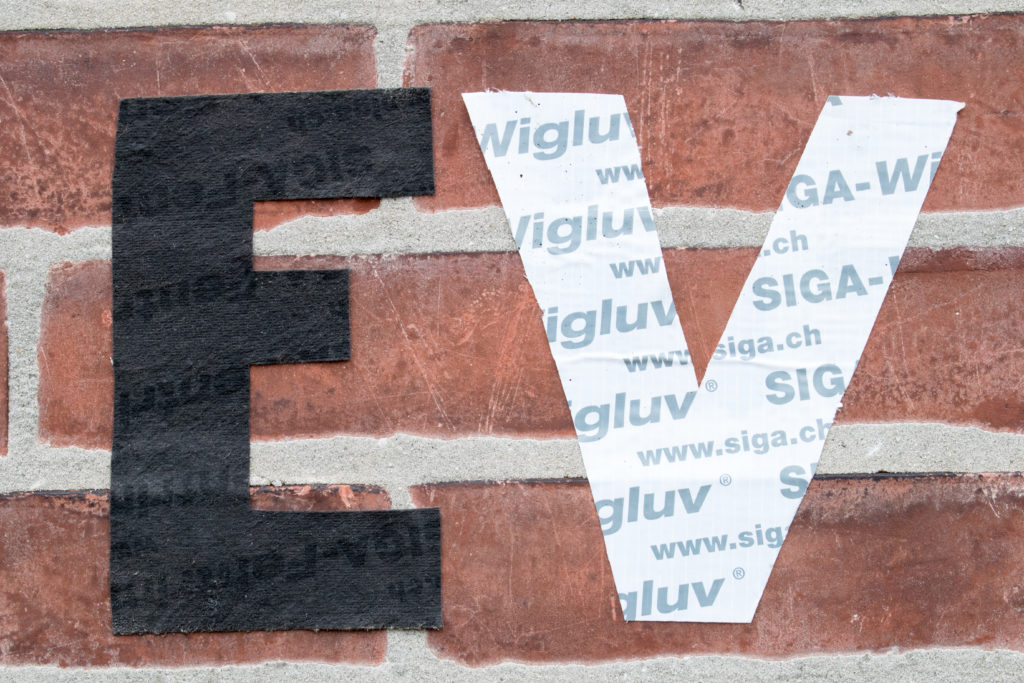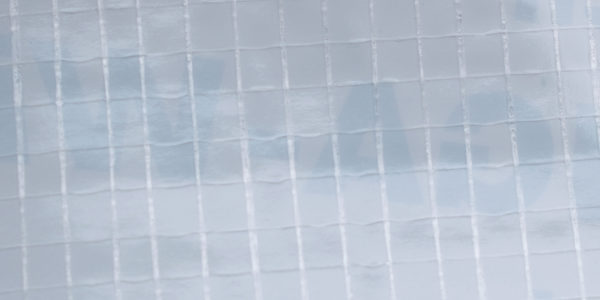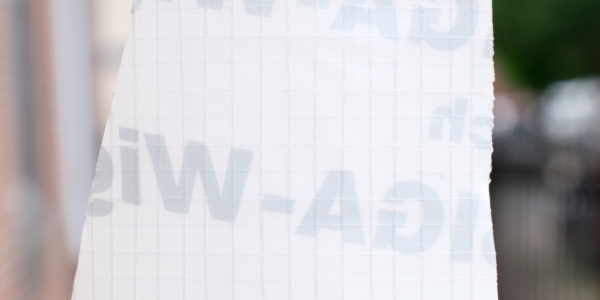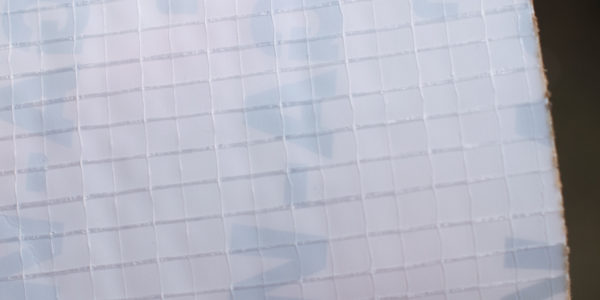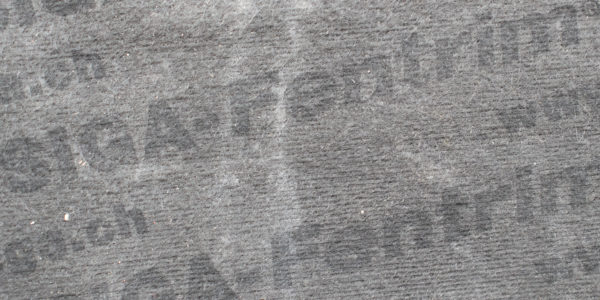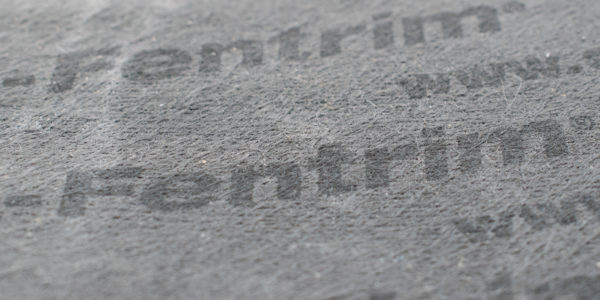This #TechTuesday we will talk about the importance of Airtight Building Envelope and how to achieve it the easiest and most sustainable way.
According to the Environmental and Energy Study Institute, the commercial and residential building sector accounts for 39% of carbon dioxide (CO2) emissions in the United States per year, more than any other sector. Most of these emissions come from the combustion of fossil fuels to provide heating, cooling and lighting, and to power appliances and electrical equipment. By transforming the built environment to be more energy-efficient and climate-friendly, the building sector can play a major role in reducing the threat of climate change.

What is airtightness?
Building airtightness (also called envelope airtightness) is the resistance to inward or outward air leakage through unintentional leakage points or areas in the building envelope. This air leakage is driven by differential pressures across the building envelope due to the combined effects of stack, external wind and mechanical ventilation systems.
Building envelopes under the Passivhaus standard are required to be extremely airtight compared to conventional construction. They are required to meet either 0.60 ACH50, air changes per hour at 50 pascals, based on the building’s volume (regular house is 4-5 ACH50). In order to achieve these metrics, recommended best practice is to test the building air barrier enclosure with a blower door, machine used to measure the airtightness of buildings, at mid-construction if possible.
This is what Jeremy Avellino, founder of Bright Common, says about airtightness:
Airtightness is the single most important variable in the design and construction of high performance buildings. Its a relative term though. Passive Houses aren’t “airtight” like the space shuttle, they’re airtight “enough”, allowing a home’s full interior air volume to be refreshed without mechanical ventilation about once every 2 hours. But getting a building envelope to blower door test to to the Passive House standard (minimum code compliance allows a building to be 12 times more drafty!) is the most challenging piece to detail to and build well. But its worth the effort and achievable with a collaborative process. Put simply, when you solve for airtightness, you solve for comfort and durability. Without airtightness, you lose both. I always tell our clients, if you were on a boat and it was as leaky as your home is now, you’d do something about it right away! Treat your home like that and you’ll reap all the benefits of a Passive House: comfort, durability, indoor health, resiliency, and a surprising level of sound control from outdoor noise…not to mention climate change mitigation in your own small way. Now whats the simplest way to get there? Well, avoid spray foam (it fails) and use a simple, reliable, time tested air barrier. If its a new construction project we like sheet goods like plywood (ZIP works too) coupled with really, really good tapes made by companies like Pro Clima and SIGA. If its a renovation we lean into an interior air barrier and use a vapor variable air barrier like Pro Clima’s Intello Plus from 475 High Performance Building Supply. Its building science, not rocket science, so anyone can do it with a little effort and a lot of passion.
Why create airtight building envelope?
- Increases your comfort and health: The room temperature in your building stays cooler in summer and warmer in winter. In addition, street noise and pollution do not infiltrate your building.
- Saves money: You reduce your building’s energy consumption for heating and cooling.
- Protects your investment: Your building is permanently protected from wind, rain, snow, insects, condensation, and mold.
- Increases your energy efficiency: Your building contributes to climate and environmental protection. You transform your home into a high performance building, ultimately resulting in a lower degree of energy dependence.
Evolve Build tested following high-performance, nontoxic adhesives, tapes and membranes by SIGA on the Emerick Brothers Jobsite:
 Wigluv 100 and Wigluv 150 The high-performance adhesive tape is designed for use as a peel and stick flashing against water, air and moisture infiltration. It is suitable to provide a weathertight seal around windows and doors, joints in sheathing and WRB, and as a general flashing in residential and commercial construction.
Wigluv 100 and Wigluv 150 The high-performance adhesive tape is designed for use as a peel and stick flashing against water, air and moisture infiltration. It is suitable to provide a weathertight seal around windows and doors, joints in sheathing and WRB, and as a general flashing in residential and commercial construction. - Fentrim F 6″ The black, fleece-backed flashing tape Fentrim F is the ideal flashing solution for jobsite conditions where mixed substrates are present. Primer is not required, even for masonry, and the aggressive acrylic adhesive bonds in the most difficult temperature conditions. A tear-proof, split-release liner allows fast and error-free results.
- Fentrim IS 20 75mm is an advanced product used to create an airtight layer on the warm side of the building. Fentrim IS 20 is vaper closed and therefore stops hot humid air from entering window cavity. It is the best air-sealing solution since it is able to deal with building movement (doesn’t crack) for a lifetime of the building.
SIGA’s newest product that we plan on testing soon is MAJREX. SIGA took inspiration from CACTUS (READ MORE) to create a Vapor Retarder that significantly reduces moisture development in the structure and defuse any moisture that is in the structure to the outside fast. It is important to mention that Majrex is the first and only airtight membrane certified by the Passive House Institute.
ASK US HOW WE CAN HELP YOU CHANGE THE WAY YOU BUILD!
LEARN MORE AND CONNECT
https://www.instagram.com/siga_cover/
https://flowcharts.llnl.gov/commodities/energy

